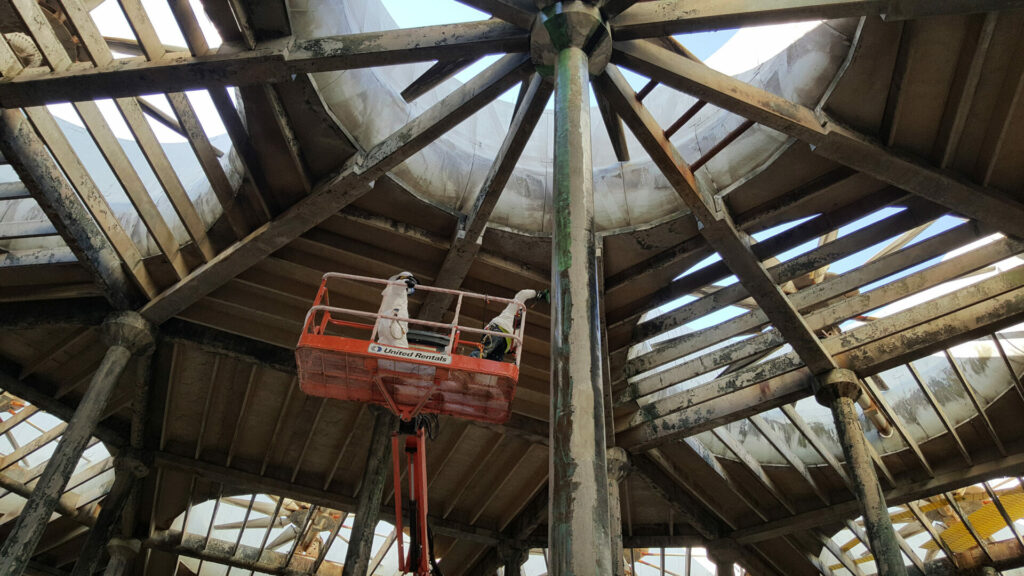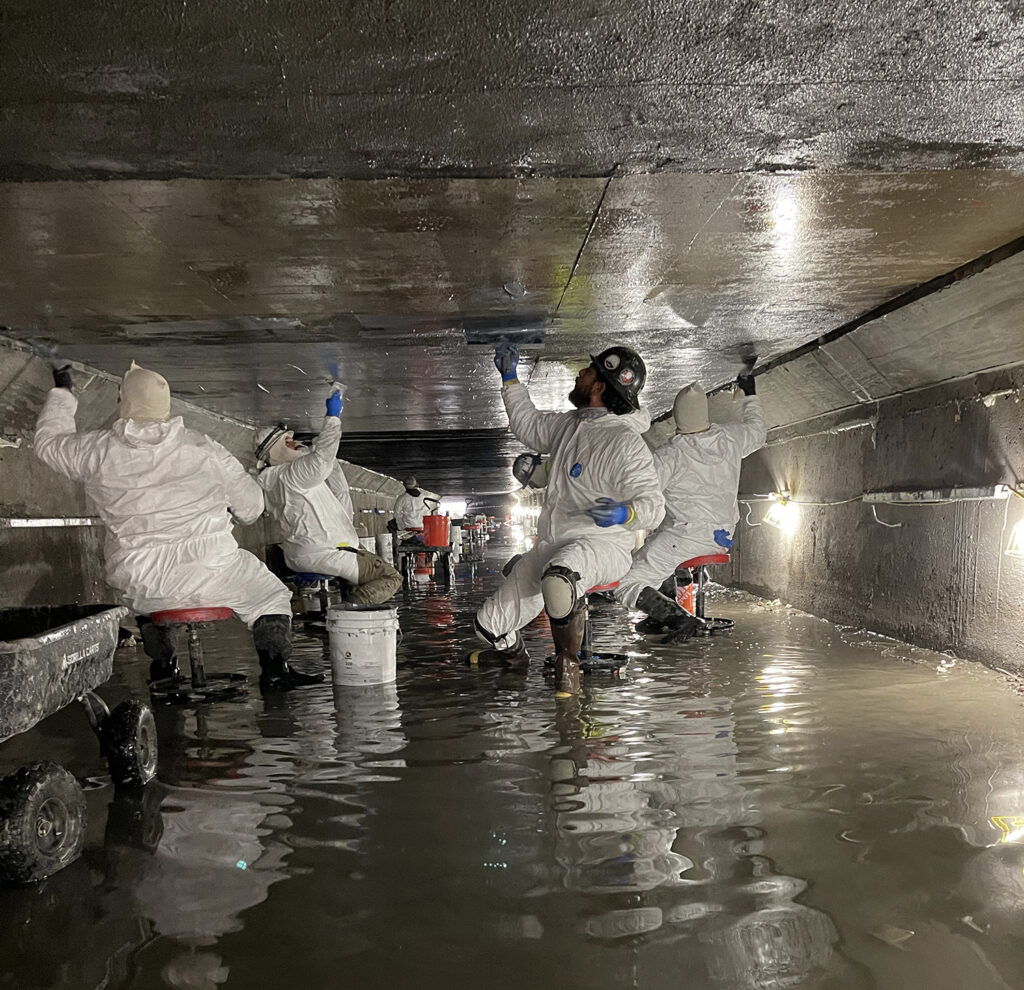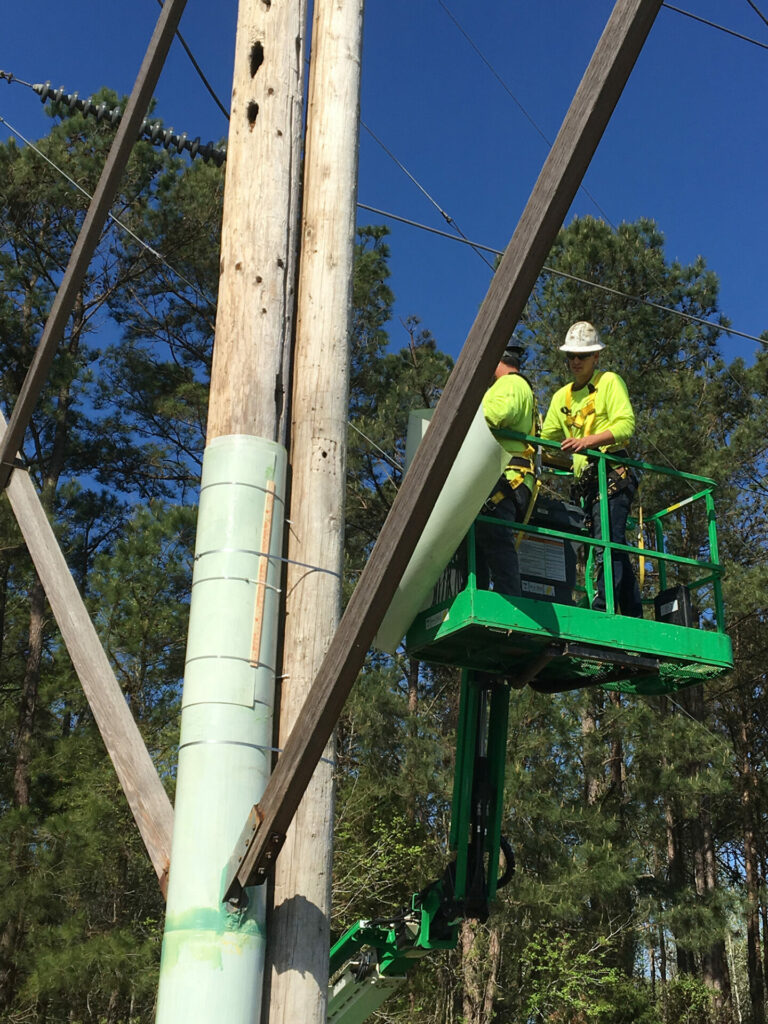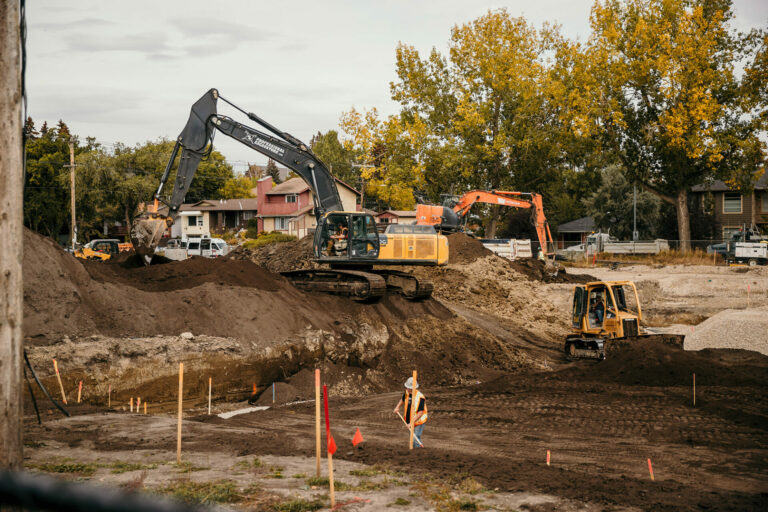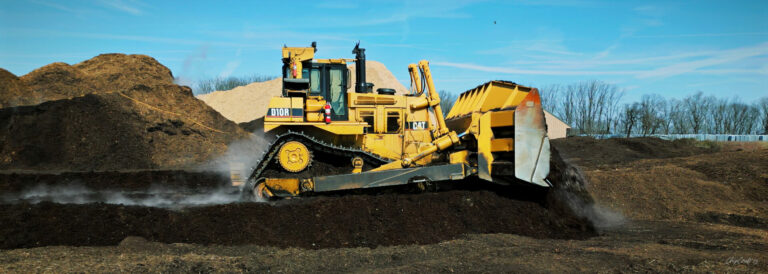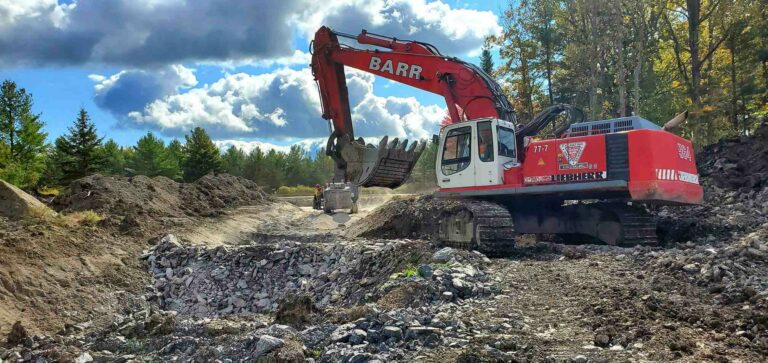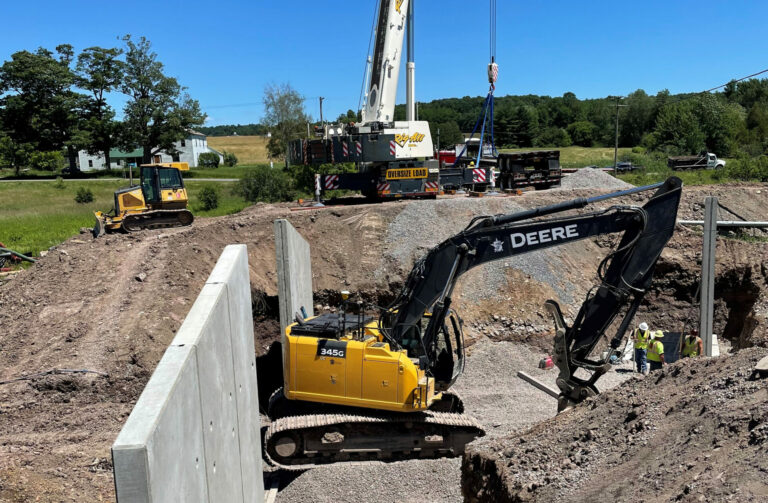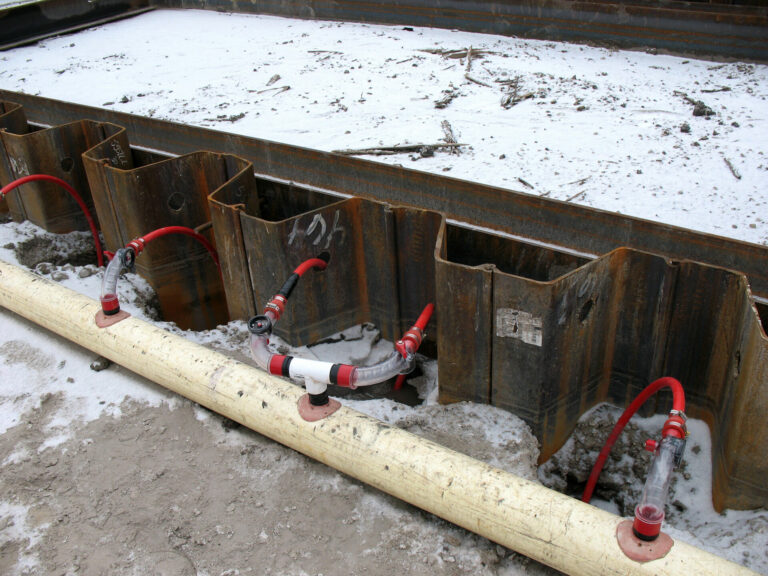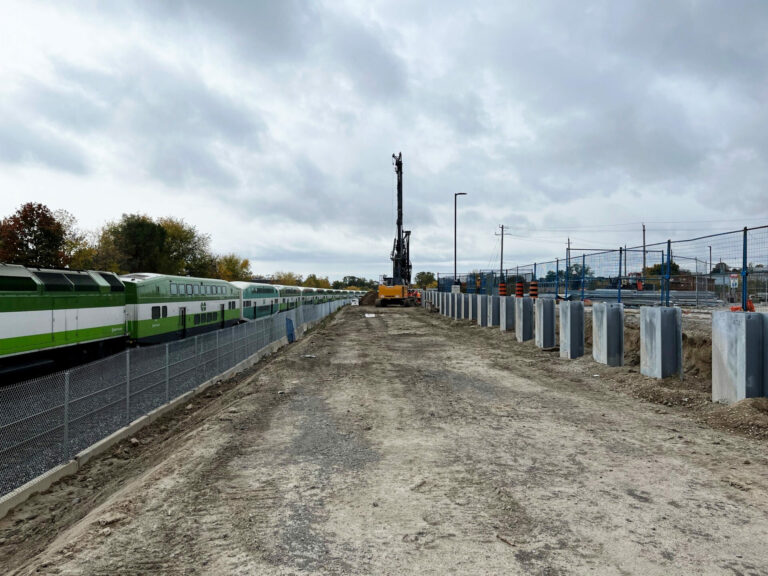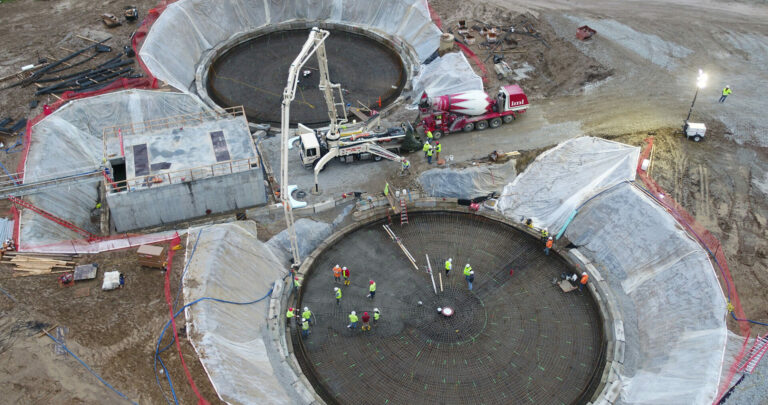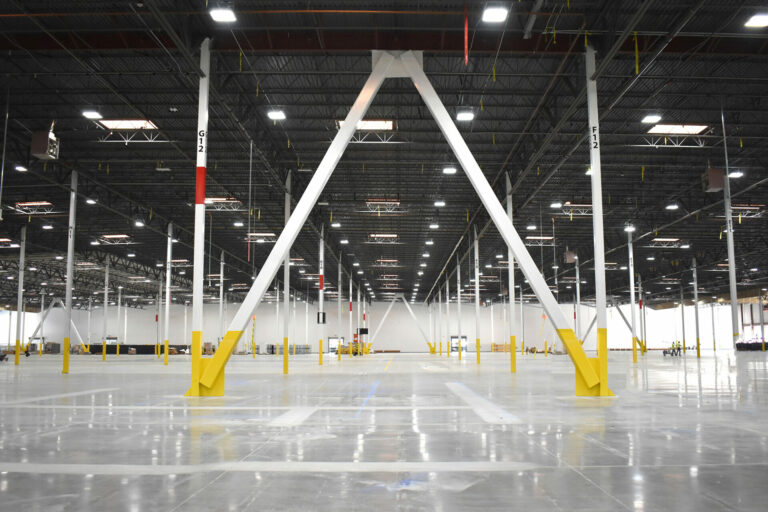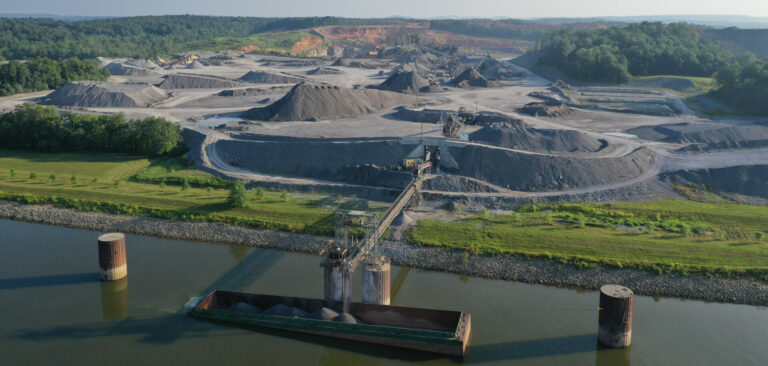Professor Mo Ehsani is, for many, the welcoming face of QuakeWrap and QuakeWrap, Inc. His reputation – both at home and abroad – precedes him. Ehsani has been featured on CNN, The History Channel and National Public Radio in the United States, among others, for his expertise on adding life to structures in need of strengthening – be that as a result of corrosion and age-related defects, change or modification of use, or myriad other reasons.
Ehsani, the President and CEO of Tucson-based QuakeWrap, Inc., pioneered the introduction of Fiber Reinforced Polymer (FRP) products for infrastructure repair, retrofit and renewal to the construction industry. His knowledge and enthusiasm, combined with the ability to distil sometimes complex engineering concepts into easy-to-grasp nuggets, make for a winning combination – and go quite a way towards explaining the success of QuakeWrap over the past quarter-century and more.
The relatability that marks Ehsani out – and no doubt has led to his being in demand as a media commentator – may be partly due to his teaching background. Ehsani is Centennial Professor Emeritus of Civil Engineering at the University of Arizona, and it was here that the early work was done that would lead to pioneering the advanced construction technologies utilizing FRP. Ehsani says it all began in the late 1980s when he began looking at different materials with a view to the strengthening of infrastructure. There was clearly a demand to address dilapidation – things like corrosion of reinforcing steel and degradation of concrete. It was sort of a “novel” idea then, he recalls.
Initially some of the applications were intended to strengthen beams. When a major earthquake in California highlighted a failure of bridge columns, Ehsani and his team came up with the concept of taking the materials and wrapping them around such columns, thus making them earthquake-proof. And hence the name ‘QuakeWrap’ came into being.
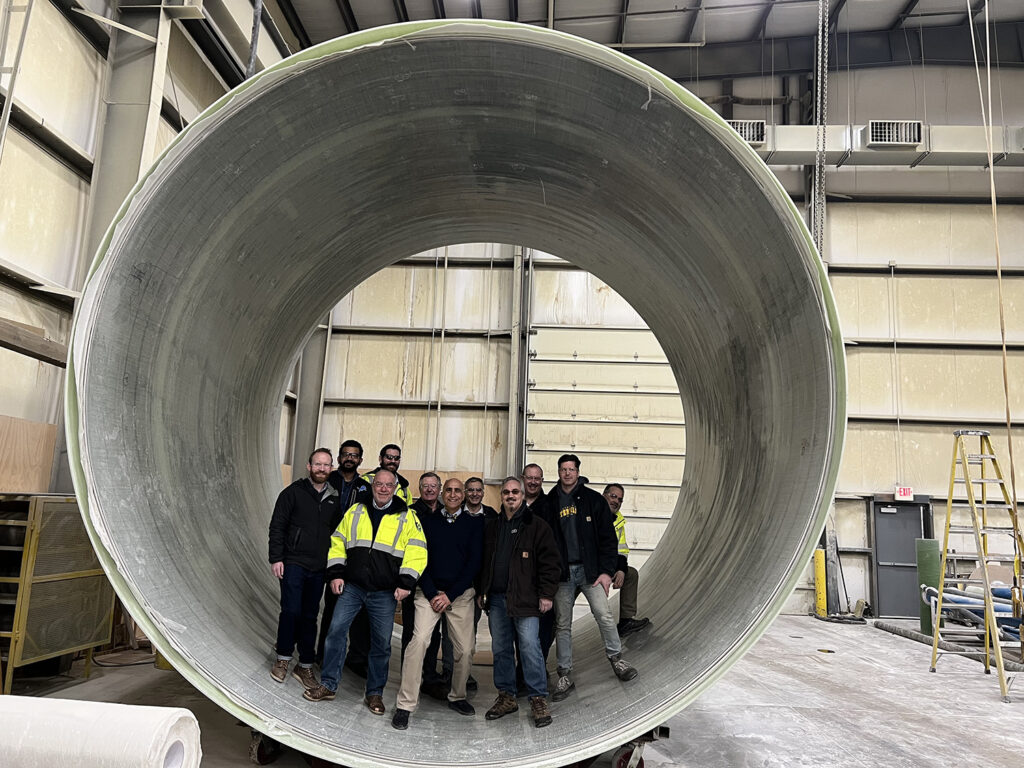
In 2009, Ehsani left the University of Arizona to fully devote his attention to the growth of QuakeWrap Inc. or as he puts it: “to give up the guaranteed paycheck and take on some new challenges.” Forward now to the present day and QuakeWrap’s patented FRP products are in demand at home and internationally, field-proven to rehabilitate, retrofit and strengthen assorted structures, with award-winning results. “QuakeWrap solutions represent an extraordinary improvement over traditional infrastructure repair methods,” is the message. The company thrives on creating new, innovative products that result in higher quality, faster construction time and lower cost. This is evident from the numerous patented technologies they have now developed.
The Marine Division is hugely important for the company. Here, major products include sheet pile repair system SPiRe ®. This is used on corroded seawalls and bulkheads. It is “reinforcement that brings corrosion to a near halt,” says the company.
PileMedic® meanwhile is billed as being for “repair of deteriorated steel, timber and concrete columns and submerged piles.” Applications range from columns to bridge piles to utility and communications towers, piers, and underwater columns. This application is of huge importance as, Ehsani explains, “every time you have a structure in water in what is called the ‘splash zone’ that area is very susceptible to corrosion. We can repair and strengthen this.”
“QuakeWrap’s patented FRP products are in demand at home and internationally.”
The PileMedic® laminates are manufactured with specially designed equipment commonly used in aerospace and military applications. Sheets of carbon or glass fabric 4-feet wide are saturated with a proprietary resin and passed through a press that applies uniform heat and pressure to produce a laminate with strength greater than plate steel. PileMedic® is known for easy and fast application too. All the necessary elements and materials come in kit form. “We provide the engineering from here and if needed we can collaborate with local engineers; installation is most often done by local contractors,” says Ehsani. In addition to this, the laminate system is One-Size-Fits-All which means no more delays if a pre-manufactured shell doesn’t fit. “They can adapt the product to whatever shape and size is needed and it is very user friendly.” After applying epoxy to the surface of the “jacket” it is wrapped twice around the structure in question.
The success of PileMedic® is evidenced by its popularity. In the US it is in use on both Pacific and Atlantic coasts – from the port of Seattle to Virginia. In addition, the United States Army Corps of Engineers has tested and approved the system. Away from such major waterbodies, there are further applications of course. “The company has grown a lot in terms of applications,” explains Ehsani. “Once you understand the behavior of these materials, you can use it for a lot of unique applications. That’s where our company has excelled – we have developed a lot of applications with about twenty different patents on different systems that we have developed.”
Here, in addition to PileMedic® and SPiRe®, there is SuperLaminate® for spot repair of pressure pipes, StifPipe® for repair of gravity or pressure pipes subjected to external gravity loads, and InfinitPipe® a revolutionary onsite manufactured pipe of virtually any size and length. One major project at the moment is the construction of a sixteen-foot diameter pipe for a project in Detroit. “No one has built a pipe like that,” stresses Professor Ehsani.
What these products and applications have in common is that they are, in different ways, adding longer life to infrastructure that is already in place, bringing infrastructure up to the standards required now and into the future.
Apart from corrosion of materials over time there are other factors driving this need, explains Ehsani. “One thing is that the knowledge of the engineering discipline has expanded over the years.” Regarding the codes available to engineers, back in the 1970s, for example, says Ehsani, even if something was built compliant with the state of knowledge, that state of knowledge was not as good as it is now. Retrofitting can address this.
“In hydro-electric plants”, says Ehsani, “you can now take older pipes that were not designed to take a lot of pressure, or ones that have lost strength because of corrosion perhaps, and apply our fabric inside. We can make them very strong so you can then increase the capacity of the plant, allowing more water at higher pressure to flow through.”
And then, there are those projects that relate to modifications, like adding extra weight to a floor – for example when installing a gym – or changes in light of technological advancements, like the strengthening of cell phone towers due to the introduction of new technology – meaning more weight being added.
It’s perhaps little wonder that the company has been going from strength to strength – and not just in North America. Professor Ehsani cites many examples, including enquiries from Europe, clients in The Philippines and the port of Melbourne, where products have been specified in connection with work on sea walls.
“Right now,” he says, “we are also preparing to head to Capetown in South Africa to see a marine contractor – we are setting up a distribution partnership there.
“Things are getting busier all the time,” says Ehsani. “Clients really see the value in good solutions.”









